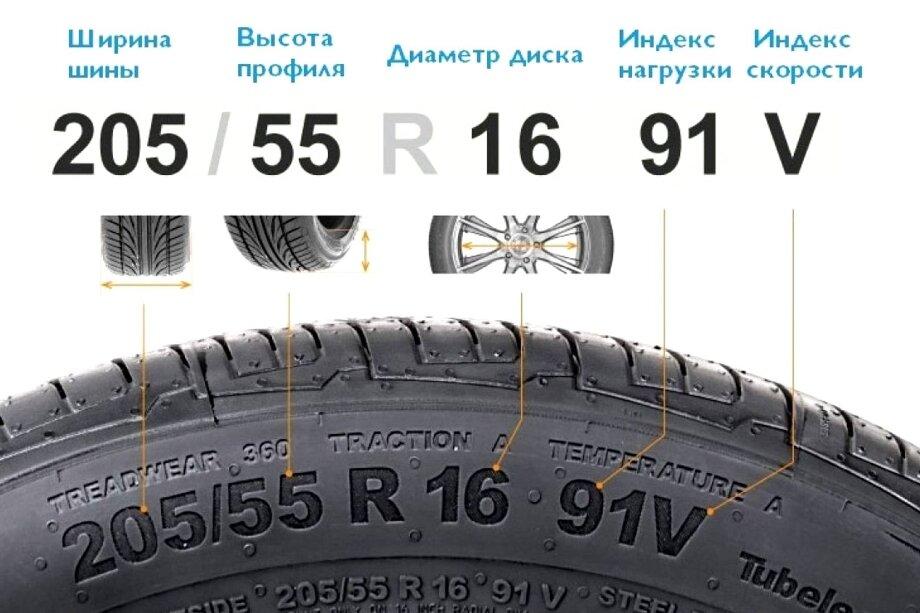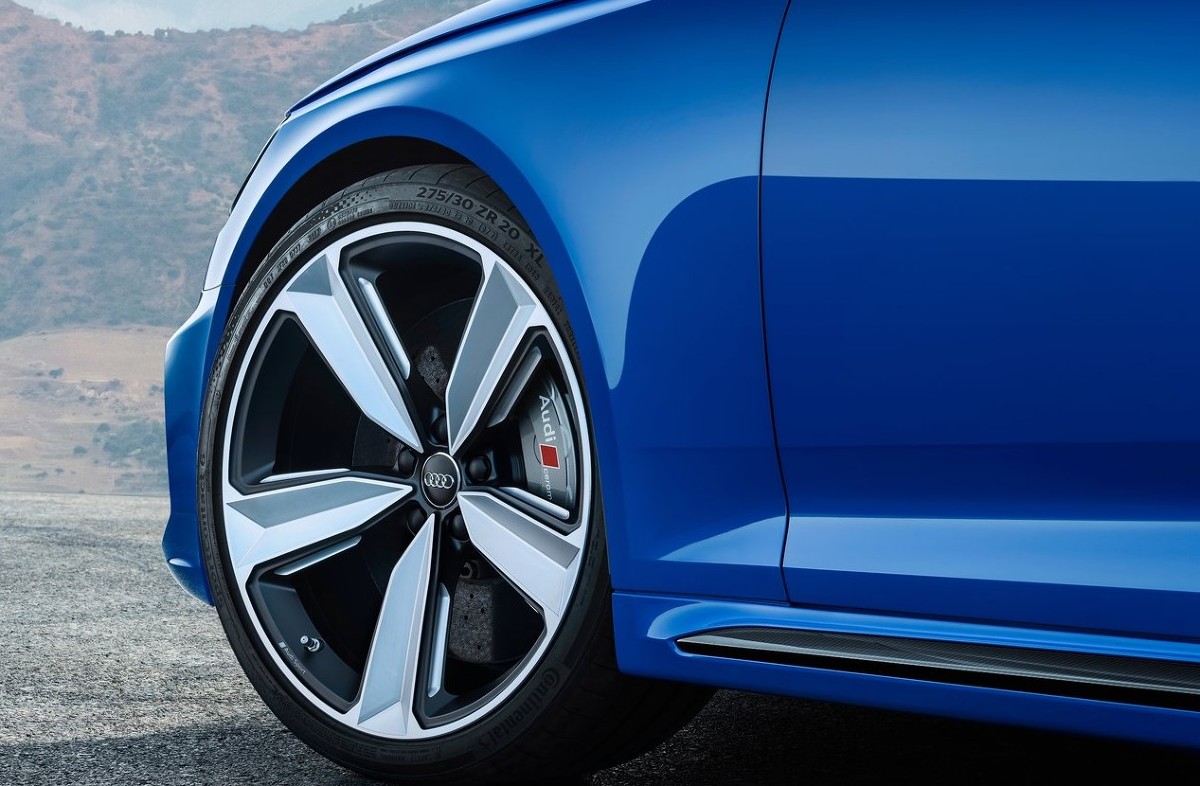
Tire noise. What to look for when buying?
 Tire noise can affect even patient drivers, especially on long journeys at speeds over 100 km/h. What is the reason for the noise and what to look for when buying?
Tire noise can affect even patient drivers, especially on long journeys at speeds over 100 km/h. What is the reason for the noise and what to look for when buying?
Each tire is different, has different characteristics, applications, etc. This is not about dividing tires into winter, summer, all-season, sports or off-road, but about differences within one type. Every tire, even the same size, width and speed, has a different natural frequency. Speech at the frequency at which it shakes the most, for example, as a result of driving on uneven road surfaces, etc. In such cases, instead of absorbing vibrations, it amplifies them, while creating additional noise.
When the tire frequency is close to the car's natural frequency, this effect becomes even more pronounced and unpleasant. Therefore, comparing tires and using the opinions of other drivers does not always make sense, because the same tire model on a particular car will show good noise performance, but on another car it will be unacceptable. This is not the fault of the tire manufacturer or a defect in the vehicle, but the similar frequency of the vehicle and the tire mentioned above.
 This is one of the reasons why many tire manufacturers produce models designed for specific vehicles. This is not only a marketing procedure, but also the result of cooperation and the selection of tires for many factors. Of course, sometimes manufacturers deliberately sacrifice acoustic comfort when creating tires to improve grip, traction on wet roads, off-road, etc.
This is one of the reasons why many tire manufacturers produce models designed for specific vehicles. This is not only a marketing procedure, but also the result of cooperation and the selection of tires for many factors. Of course, sometimes manufacturers deliberately sacrifice acoustic comfort when creating tires to improve grip, traction on wet roads, off-road, etc.
Noise is noise, but where does it come from? Interestingly, noise generation is affected not only by friction and road resistance, but also by air, the tire itself, tread structure, tread height, etc. These include impacts of tread blocks on the road surface and their separation from it. Noise is also affected by air compressed in the tread grooves, causing both resonance in the groove network, vibrations of the expanded air at the rear of the tire, and turbulence in the flow between the wheel arch and the wheel. Of course, too low a pressure will also have a negative effect on the generated noise, but this is the negligence of the driver, and not the characteristics of a particular tire.
Silent tires - how are they different?
Theoretically, the better the tire in terms of grip, the worse the level of comfort and noise. Tires with wide, large and small profiles will be less comfortable and relatively noisier. Problems of this type can also be a feature of tires with a higher load index, so if this is not necessary, it is better not to invest in such a solution.
If the desired performance is high driving comfort and work culture, tires with a higher profile, narrower and smaller size will be the best solution - they will dampen vibrations and bumps, as well as reduce the generated noise. Of course, this leads to a deterioration in driving performance, i.e. rolls, swaying, instability mainly in corners, poor grip during braking and acceleration, etc.
Noise levels are also reduced by features such as a directional tread without confined spaces, as well as a variety of tread block shapes with uneven and asymmetric arrangements. In addition, it is worth paying attention to the transverse grooves, formed in such a way that their entrances and exits do not coincide with the tangential edge of the tread. A high softness of the rubber compound is also desirable, but this, in turn, can lead to faster tire wear.
In the case of winter tires, the above characteristics may not be possible, especially when it comes to tread pattern, but modern solutions mean that the noise generated by winter tires is slightly higher than comparable price summer tires. range and with similar parameters for width, size, etc.
Tire label as a source of information?
When choosing tires, you will come across special labels pasted by manufacturers and sellers, on which a lot of valuable information is presented in pictures. It provides information on rolling resistance (energy class), wet grip and noise levels.
– Rolling resistance (energy class or fuel efficiency)
This information informs the potential buyer how much rolling resistance affects the vehicle's fuel consumption. The grading scale ranges from A to G. Grade A is the best result and means that driving with such tires is environmentally friendly and economical.
Wet grip
In this case, wet grip during braking is evaluated. The rating scale is AF, where A is the best rating for the shortest stopping distance. Generally, a tire with a high rolling resistance rating will have a lower wet grip rating and vice versa, although there are some models that have a high A or B rating.
– External rolling noise
The last rating is marked by a loudspeaker with a number of waves from 1 to 3 and a number indicating decibels. The most important thing is the number of decibels - of course, the lower the better. In most cases, this value exceeds 70 dB, although there are models with noise levels up to 65 dB.
The last parameter on the label refers to the level of noise emitted by a rolling tire outside the car. While the decibel value should be clear to everyone, the label also features a three-wave speaker symbol. One wave is about 3 decibels below the maximum level adopted in the European Union, i.e. by about 72 dB. Is there a big difference between 65 dB and 72 dB? Opinions vary and are usually very subjective, so it's worth getting your own experience on your own.
